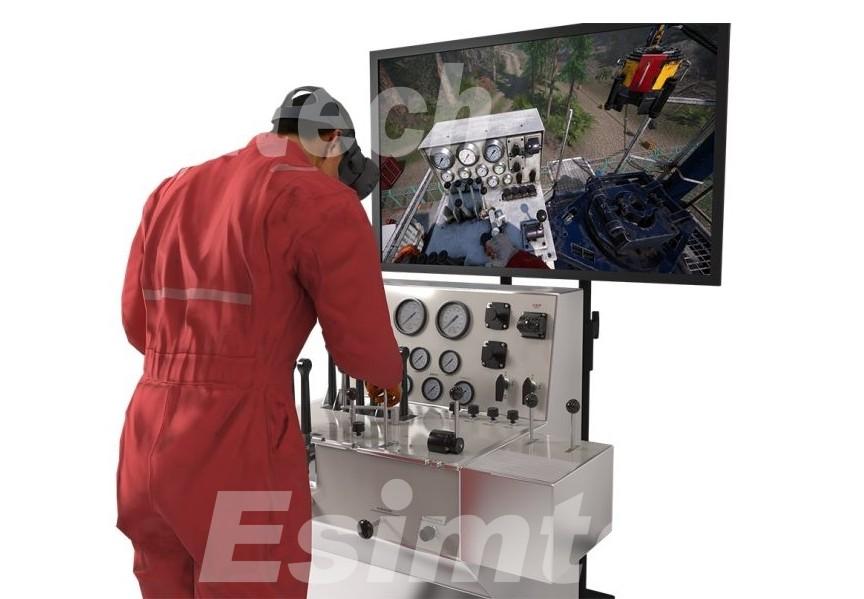How VR and Advanced Simulations are Revolutionizing the Oil and Gas Industry

The world of oil and gas exploration is undergoing a digital revolution. Gone are the days of relying solely on intuition and experience. Today, drilling simulators powered by virtual reality (VR) and cutting-edge software are transforming the way wells are planned, drilled, and managed. This hot topic is shaking up the industry for several reasons:
1. Enhanced Safety and Efficiency: Drilling can be a hazardous undertaking. VR simulators allow crews to train in realistic, yet risk-free environments. They can practice complex procedures, respond to emergencies, and familiarize themselves with different drilling rigs before ever stepping onto a real rig. This not only reduces the risk of accidents but also improves operational efficiency by ensuring crews are well-prepared for any situation.
2. Optimizing Wellbore Planning: Advanced drilling simulators integrate geological data and real-time downhole information to create a virtual replica of the wellbore. This allows engineers to test different drilling scenarios, optimize wellbore trajectories, and identify potential challenges before drilling even begins. This meticulous planning leads to more efficient drilling operations, reduced costs, and a higher success rate in reaching target formations.
3. Collaborative Learning and Problem-Solving: VR simulators create a shared virtual environment where geographically dispersed teams can collaborate on well planning and troubleshooting. Engineers, geologists, and drilling crews can come together virtually to analyze data, discuss strategies, and identify potential issues before they arise during drilling. This fosters better communication, collaboration, and problem-solving across the entire drilling process.
4. Data-driven decision-making: Drilling simulators generate a wealth of data on crew performance, wellbore behavior, and drilling parameters. This data can be analyzed to identify areas for improvement, optimize drilling practices, and develop data-driven insights for future drilling projects. This continuous feedback loop allows the industry to constantly learn and evolve, pushing the boundaries of drilling efficiency and safety.
5. The Rise of AI-powered Simulations: The future of drilling simulation lies in artificial intelligence (AI). AI-powered simulators can analyze vast amounts of data to predict potential wellbore issues, recommend best practices, and even autonomously adjust drilling parameters in real-time. This level of automation holds immense potential for further optimizing drilling operations and minimizing human error.
The adoption of VR and advanced simulations in drilling represents a significant step forward for the oil and gas industry. By embracing this digital revolution, companies can ensure safer operations, optimize wellbore planning, and pave the way for a more efficient and sustainable future for oil and gas exploration.
- Art
- Causes
- Crafts
- Dance
- Drinks
- Film
- Fitness
- Food
- Jocuri
- Gardening
- Health
- Home
- Literature
- Music
- Networking
- Alte
- Party
- Religion
- Shopping
- Sports
- Theater
- Wellness


